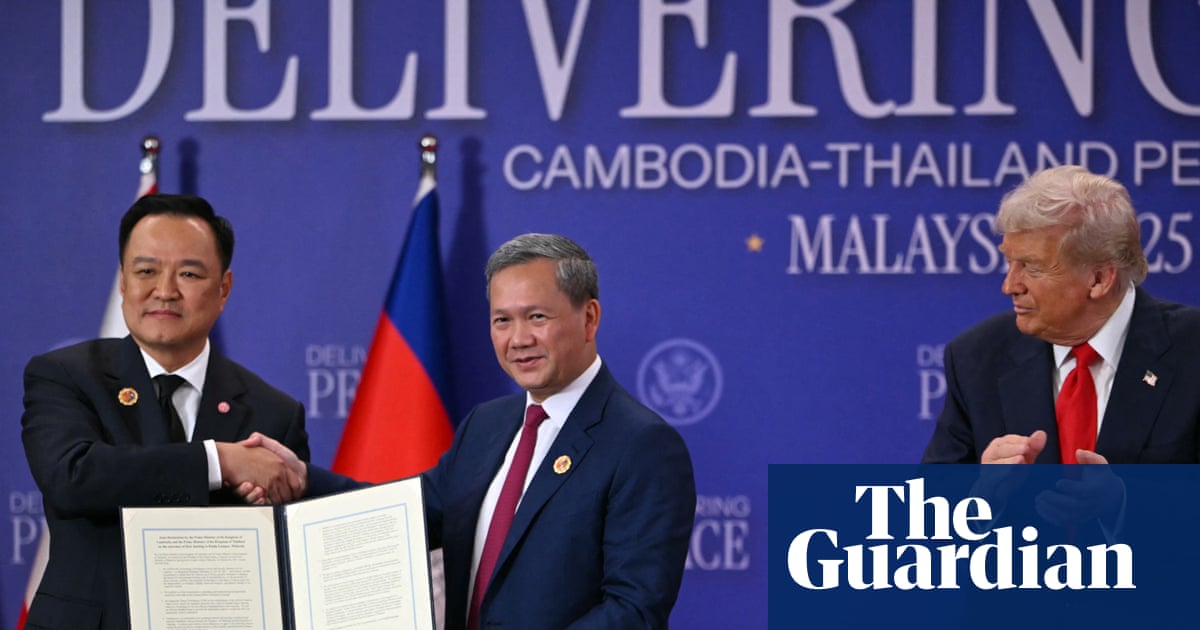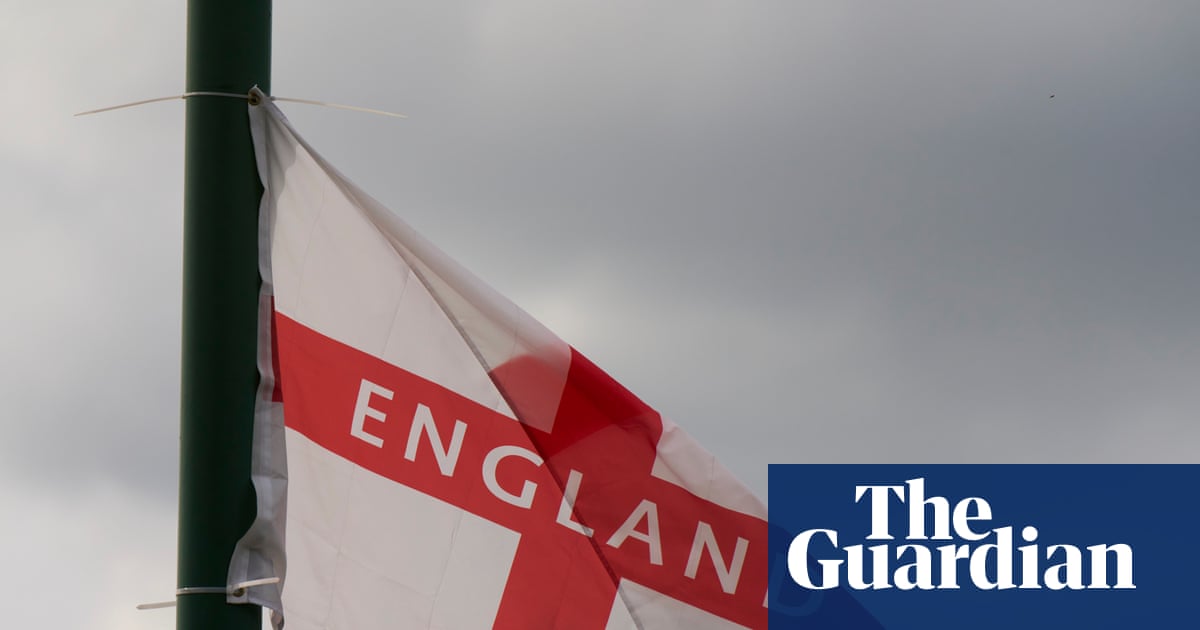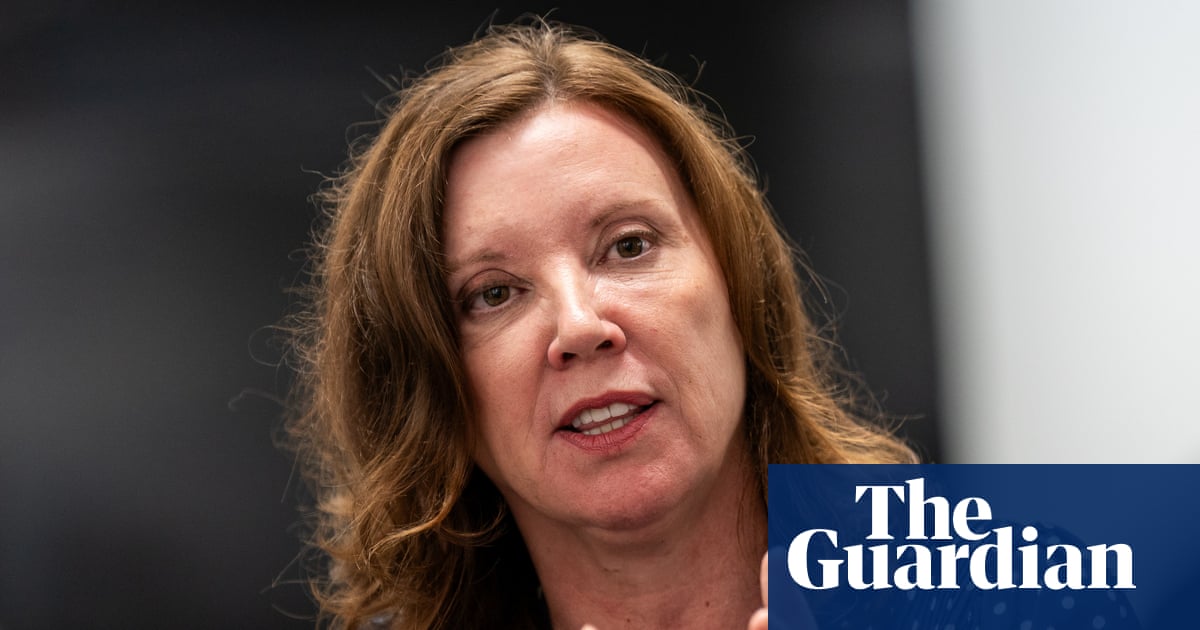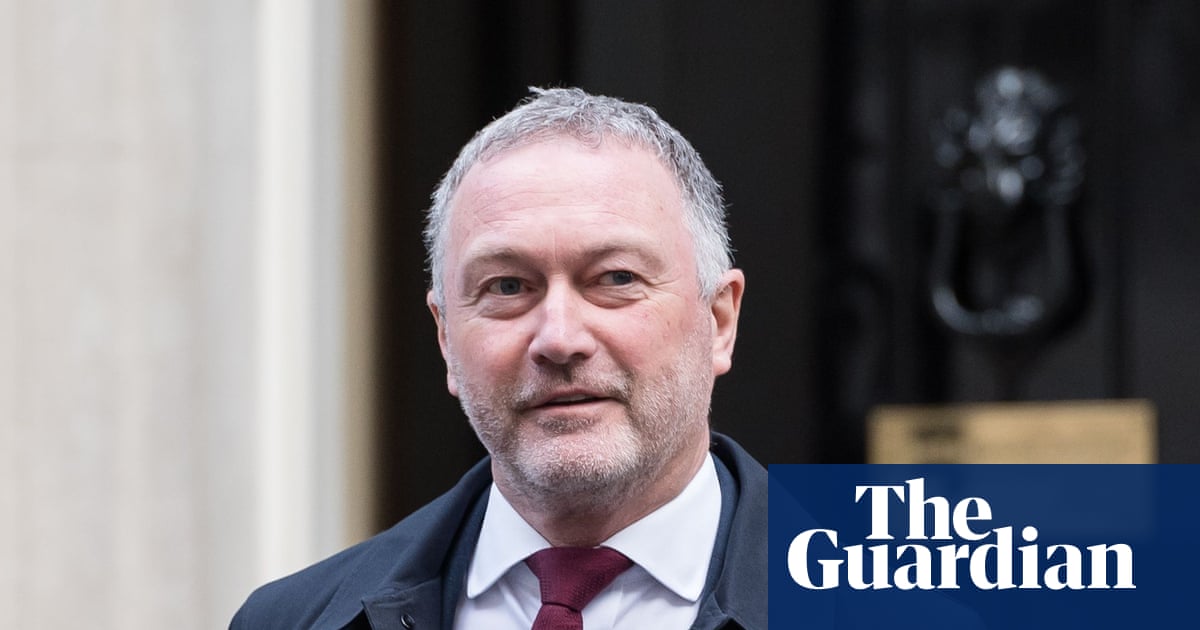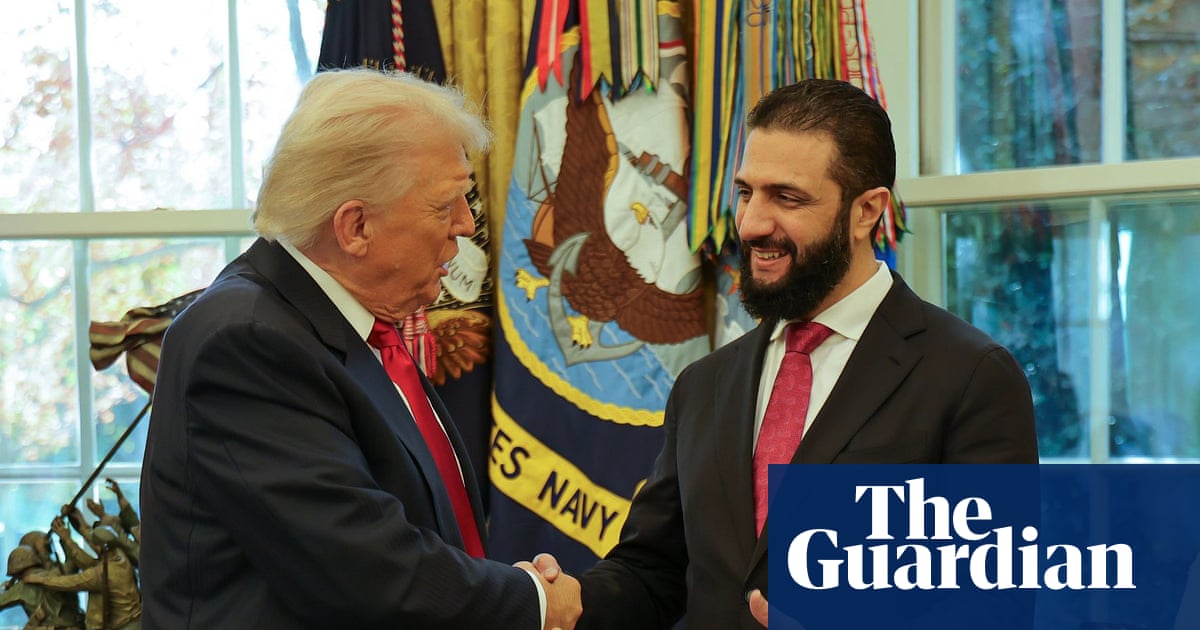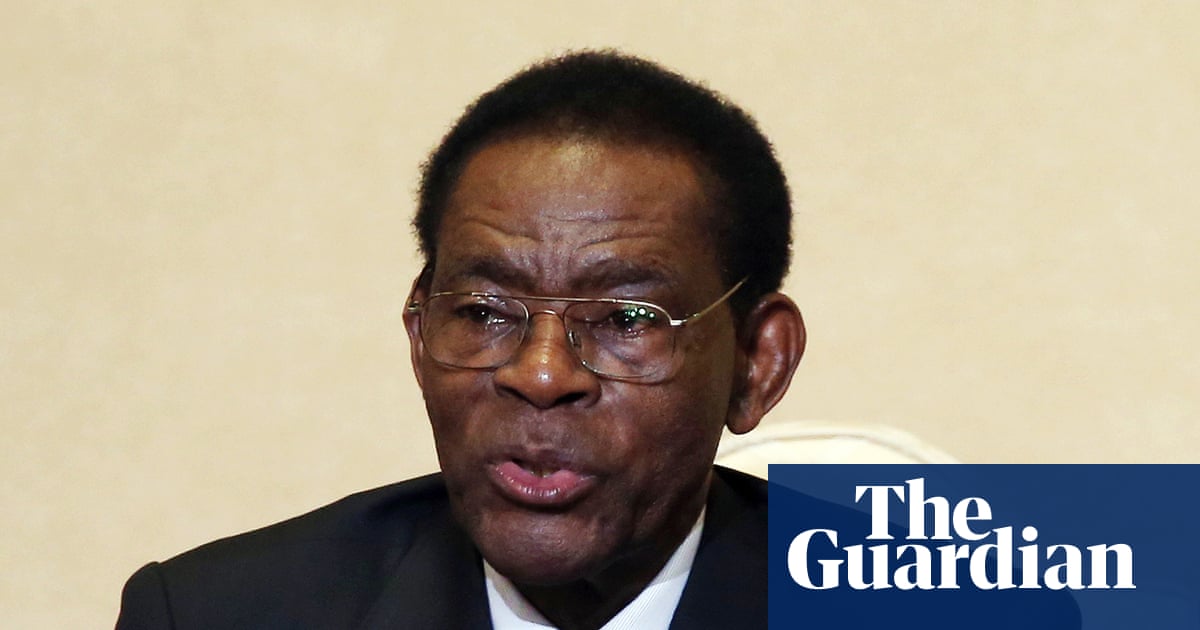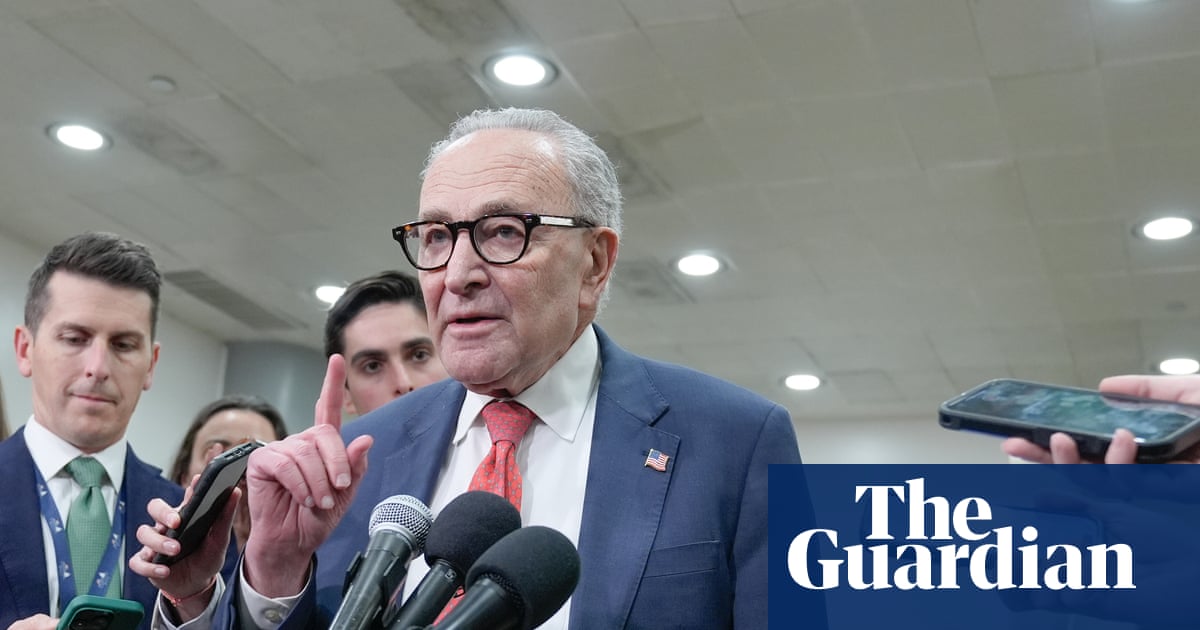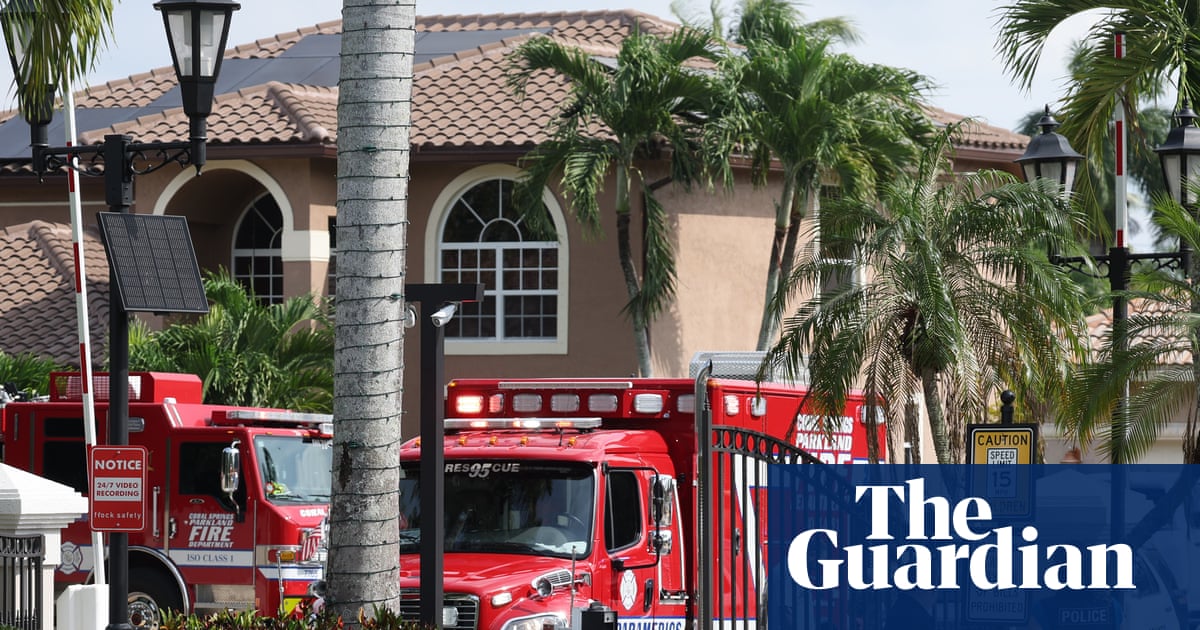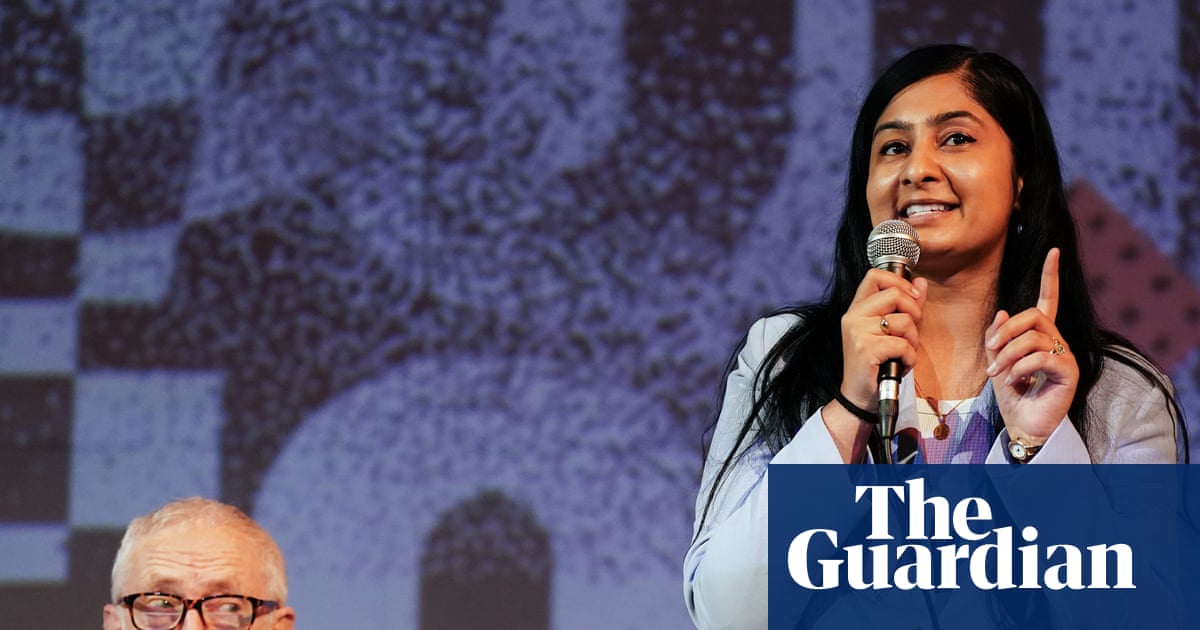The role of women in history goes far beyond Elizabeth I or Anne Boleyn, according to a campaign that seeks to add more female lives and achievements to the curriculum taught in England’s schools.
Research by the group End Sexism in Schools found that women were largely absent from history taught in key stage 3, the first three years of secondary education in England. Monarchs were among only a handful of women mentioned by name alongside the suffragettes Emmeline Pankhurst and Emily Davison.
Freedom of information requests on lesson content sent to secondary schools found that 59% of history lessons at key stage 3 did not mention women at all, while only 12% focused on women and 29% mentioned women within other topics.
Even when women were mentioned, the report found they were more often victims than protagonists, with the women murdered by Jack the Ripper more likely to be taught in lessons than the female code breakers at Bletchley Park during the second world war.
The group argues that highlighting the overlooked or ignored women of history – such as Johanna Ferrour, a leader of the 1381 Peasants’ revolt – would help tackle misogyny in the classroom.
Debbie Brazil, founder of End Sexism in Schools, said: “It is crucial that students understand that women in history is not a separate topic – women’s lives are part of history. A representative curriculum is not optional enrichment but a matter of historical accuracy and a fair education. Without it, we are not just ignoring half of the population, we are teaching a false version of the past.
“As a result, girls cannot relate to what they are taught about the past, boys miss opportunities to develop empathy and positive role models and society inherits a distorted historical narrative that plays into the epidemic of misogyny that blights the lives of young people.”
Kate Mosse, a bestselling author and co-founder of the Women’s prize for fiction, said: “We need to put all the women and girls whose achievements have gone unrecorded back into the history books and into our classrooms. Women and men built the world together, and it’s essential that this is reflected in the history curriculum. We can’t sideline the achievements of half the population.”
The group highlighted gaping holes within the curriculum, with mentions of women concentrated around the Tudor era and the 19th century leading up to female suffrage.
The group wants the Department for Education to amend the national curriculum so that the role of women is taught as part of core topics and for it to work with examination boards to increase the number of named women across all historical periods.
Elizabeth I and Mary I are the only women named in the national curriculum, while in 2023 women appeared in just 6% of GCSE and A-level history exam questions.
The report concluded: “Examination boards should increase the number of women who are the main focus of assessment questions and mark schemes. Questions should be written in inclusive language – ‘ruler’ rather than ‘king’ – and mark schemes should explicitly reward balanced discussion of men’s and women’s contributions. Primary sources by women and historical ideas developed by women should feature prominently.”
Women of influence
-
Matilda of Flanders: the wife of William the Conqueror, Matilda was a formidable figure in her own right even before she defied a papal ban and married William. With royal bloodlines tracing back to Charlemagne, Matilda commissioned a flagship for William from her own funds before the invasion in 1066, and played a key role as duchess of Normandy during his long absence before being crowned queen of England in 1068.
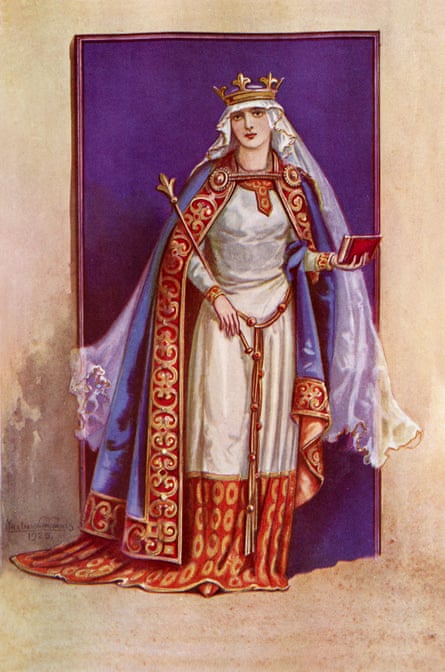
-
Valentina Tereshkova: the first woman to go into space, Tereshkova was a Soviet cosmonaut and pioneer in more ways than one. More than 60 years after her mission in 1963, she remains the only woman to have conducted a solo space flight. A textile worker, Tereshkova was a keen amateur skydiver, which led to her recruitment to the Soviet Union’s Vostok space flight programme. After signing up for training in February 1962, Tereshkova was orbiting the Earth 18 months later at the age of 26.
-
Johanna Ferrour: while Wat Tyler is the best known leader of the Peasants’ revolt of 1381, Ferrour was recognised as “chief perpetrator and leader of rebellious evildoers from Kent”. Ferrour was the head of a mob that plundered and destroyed the Duke of Lancaster’s Savoy palace. Ferrour and her gang also besieged the Tower of London and she was later accused of ordering the beheading of the archbishop of Canterbury, Simon Sudbury. After the revolt Ferrour was charged over Sudbury’s killing and other crimes but her fate is unknown.
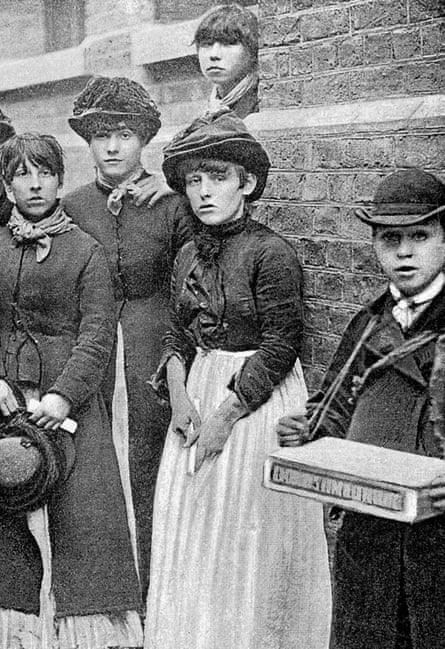
-
Matchgirls’ strike of 1888: one of the key events in the development of workers’ rights and the labour movement in the UK, the strike originated among poverty-stricken young women working in dangerous and unhealthy conditions at the Bryant & May match factory in the East End of London. The initial strike attracted the involvement of Annie Besant, another under-recognised feminist who also campaigned for birth control as well as independence for Ireland and India.

 1 month ago
51
1 month ago
51
